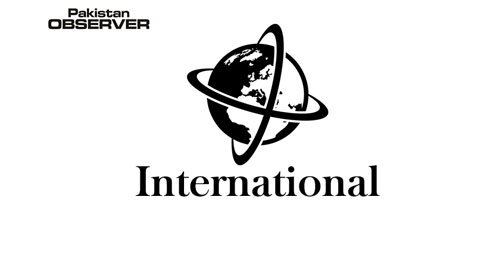Zhang Chuanhong
US research institute AidData recently issued a report claiming in an average year during the Belt and Road Initiative (BRI) era, China spent $85 billion on overseas development programs, causing a significant increase in “hidden debt” in low- and middle-income countries.
The report also listed a range ofother problems that it alleged was caused by BRI, such as “infringement of labor rights” and “environmental issues.”
A closer look into the report shows that it is full holes and errors like distorted data, confusing concepts, misinterpretation, and unfounded assumptions,which deviate from the academic neutrality and rigor that a think tank should abide by.
The report mistakenly included a considerable component based on non-official funds such as commercial investment and financing and non-profit activities into the scope of China’s foreign aid, and it exaggerated the proportion of relevant data.
Ignoring the possible double-counting between the capital output of relevant banks and other enterprises, the report regards commercial loans provided by state-owned commercial banks as government spending.
More absurd, the report includes military cooperation such as China’s provision of peacekeeping operations funds to the United Nations, as well as foreign investment by the private companies such as Huawei, in the scope of official development finance.
The report’s interpretation of the data also contains serious bias. The report claims that most of its data comes from Chinese official channels, but it actually turns a blind eye to China’s official data sources. T
he report claims that China’s development financing is mostly invested in resource-rich countries, and its goal is to grab resources, but the reality is that most of China’s foreign aid flows to the least developed countries, and many of the BRI recipient countries are resource-poor economies.
The report linked the flow of Chinese funds to countries with serious corruption problems as listed by the World Governance Index, accusing of supporting corruption. This conclusion is also untenable.
China’s BRI cooperation adheres to the principle of extensive consultation, joint contribution and shared benefits, the program is committed to the concept of openness, greenness and integrity. Whether it is the BRI cooperation blueprint or specific projects, all parties participate openly and transparently, and have zero tolerance for corruption.
China has never attached any conditions to its international cooperation, and it is based solely on the willingness and needs of involved parties.
China mainly supports other developing countries through project assistance and material assistance, mainly for the purpose of avoiding the possibility of corrupt behavior.
On the contrary, many of the aid funds led by Western countries are controlled by the elites in recipient countries, which not only increase the economic and social inequality of the recipient countries, but also breed corruption.
In recent years, under the BRI framework, China’s international development cooperation has become more effective.
China has always adhered to the guiding principle of South-South Cooperation. China’s development financing to other developing countries not only help them solve long-term financial difficulties, but also provided public products for local development. China provides commercial loans with relatively low interest rates that often last 20 years or longer.
AidData’s data for the past few years showed that Chinese aid has a positive role in promoting local economic development and has significantly reduced development inequality within African countries. On average, for every doubling of China’s aid, the recipient country’s economy will grow by 0.4 percent.
In this sense, although China’s aid to the international community may not exceed the amount given by G7 countries, but the actual influence of China’s aid may be far more potent.
The US is unwilling to support the public good to developing countries, nor does it want to see China play a growing role in global development.
By concocting theories like “debt traps,” “resource plundering,” and “pollution,” the US is simply attempting to slander China’s cooperation with other countries, and try to damage China’s international reputation, hinder China’s cooperation with other countries, in order to maintain the US’ hegemony.
Established in 2013, AidData has been receiving funding from the US Agency for International Development since 2017.
Compared with earlier reports, this report clearly echoes the US government’s very biased policy towards China.
As a scholar who has been paying attention to AidData data for a long time, I was looking forward to future publication of new data, but its excessively exaggerated data and misinterpreted methods are very disappointing.
Whether this is due to a technical misunderstanding or a deliberate misunderstanding remains a mystery. The author is associate professor at the International Development and Global Agriculture, China Agricultural University.










